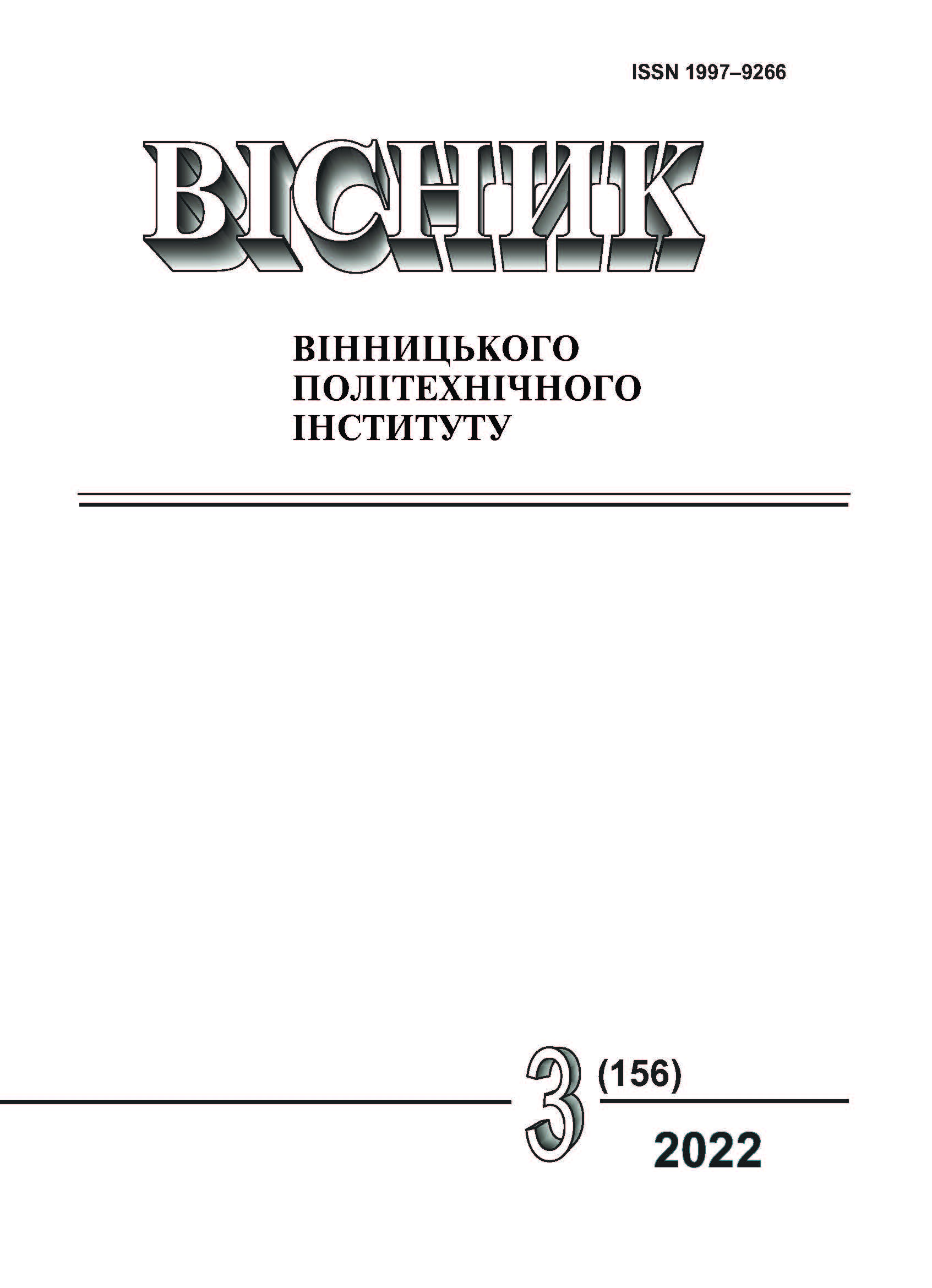Web Testing for Inclusive: Audit for Reengineering
DOI:
https://doi.org/10.31649/1997-9266-2022-162-3-60-66Keywords:
web accessibility of websites, modernization of design code, users of the Internet space with physical disabilitiesAbstract
The website testing for determining of inclusive for users with different disabilities, like people who are blind or hard of hearing, might give an information of web content throe special programs and devices for reading or accessible formats of web content is proposed. The analyze of requirements to make web portals into account of theirs accessible for people with disabilities in the countries of Europe and Ukraine is done. The aspects of the main international documents are having standards and requirements for web accessibility are considered.The most important criteria with which to build the scenario of web testing into account of the Ukrainian requirements of developing or reengineering of official websites are described. The results of web testing for inclusive for the concrete fourth web sites are given in the table, the initial recommendations of design reengineering for each of web sites are formulated. The advisability of using the proposed testing for a preliminary complex analyze of the amount of reengineering or upgrading a website to basic design and functionality to increase inclusiveness is shown. The main positive sides of the proposed testing are formulated: the ability of the project sponsor or average Internet user to check web resources for inclusive with minimal technical, time and financial costs. It is concluded that the proposed website testing into account of the main inclusive’s criteria determines the direction of reengineering for developers, another words how to expanse and improve website’s functionality, at the stage of maintenance for the website, makes additional use case units at the stage of design to increase the quality of the output product, identifies the level of technological stress with the psychophysiological effects on humans, and thus provides an opportunity to choose web content for a lot of people which are ordinary users of the Internet space.
References
А. О. Різуненко, Теорія та практика цифрової обробки зображень. Полтава, Україна: РВВ ПУСКУ, 2009, 195 с.
И. Суворова, «Инструкция: как сделать сайт доступным для людей с ограниченными возможностями,» Теплица социальных технологий: веб-сайт, 2021. [Электронный ресурс]. Режим доступа: https://te-st.ru/2021/03/11/accessibility/. Дата звернення: Лют. 01, 2022.
Peter Budnick, New International Ergonomics Standards Address Visual and Auditory Design, 2011. [Online]. Available: https://ergoweb.com/new-international-ergonomics-standards-address-visual-and-auditory-design. Accessed on: March 01, 2022.
О. Шинкарук, Є. Імас, Л. Денисова, і В. Костюкевич, «Вплив інформаційно-комунікативних технологій на фізичне та психічне здоров’я людини,» Фізичне виховання, спорт і культура здоров’я у сучасному суспільстві, № 2 (42), c. 13-24, 2018.
Web Content Accessibility Guidelines (WCAG) 2.0, 2011. [Online]. Available: https://www.w3.org/TR/WCAG20/. Accessed on: January 05, 2022.
Кабінет Міністрів України. (2019, лип. 11). Робоча нарада щодо впровадження дизайн-коду для створення офіційних вебсайтів органів виконавчої влади [Електронний ресурс]. Режим доступу: https://tsdea.archives.gov.ua/ua/робоча-нарада-щодо-впровадження-диза .
Кабінет Міністрів України. (2002, січ. 04). Постанова № 3, Про Порядок оприлюднення у мережі Інтернет інформації про діяльність органів виконавчої влади. [Електронний ресурс]. Режим доступу:
http://comin.kmu.gov.ua/control/uk/publish/article?art_id=110618&cat_id=112508 .
В. Ю. Клим, Ю. С. Тарасенко, і Д. В. Лєсна, «Тестування інформаційних систем на декларовану веб-доступність,» на Міжнар. наук. конф. Інноваційні технології, моделі управління кібербезпекою ITMK-2022, Дніпро, 2022, с. 34-35.
Accessible Brand Colors, 2021. [Online]. Available: https://abc.useallfive.com. 2011. Accessed on: January 10, 2022.
Tools for Web Developers, 2021. [Online]. Available: https://developers.google.com/web/tools/lighthouse . https://abc.useallfive.com . Accessed on: January 10, 2022.
Downloads
-
PDF (Українська)
Downloads: 304
Published
How to Cite
Issue
Section
License

This work is licensed under a Creative Commons Attribution 4.0 International License.
Authors who publish with this journal agree to the following terms:
- Authors retain copyright and grant the journal right of first publication.
- Authors are able to enter into separate, additional contractual arrangements for the non-exclusive distribution of the journal's published version of the work (e.g., post it to an institutional repository or publish it in a book), with an acknowledgment of its initial publication in this journal.
- Authors are permitted and encouraged to post their work online (e.g., in institutional repositories or on their website) prior to and during the submission process, as it can lead to productive exchanges, as well as earlier and greater citation of published work (See The Effect of Open Access).





